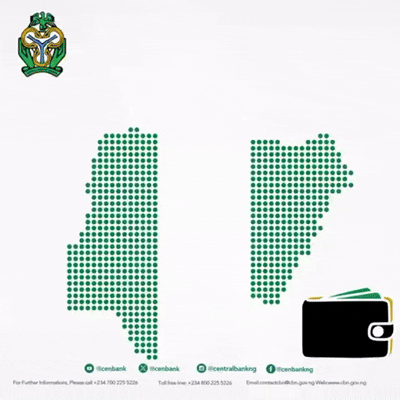In compliance with the directive from the Central Bank of Nigeria, (CBN), deposit money banks in the country have commenced implementation of the interest rate extension on credit facilities to some customers under its intervention program
The CBN has extended the interest rate forbearance it granted to borrowers of some of its intervention funds in 2020 by one year due to the pandemic.
The CBN initially charged nine percent for the loans but reduced it to 5% when the pandemic struck in 2020.
“Kindly note that the Central Bank of Nigeria (CBN) has extended the 5% interest rate on all its Credit Facilities impacted by COVID-19. for one year.
We would like to inform you that this directive has been implemented by the bank,” according to a message from one of the banks to its customers on Wednesday.
The implication of the development is that companies who secured intervention funds from the apex bank or through any of its on-lending banks will continue to service the loans as more time has been added.
However, although the move helps small businesses in the country to continue managing their cash flow, it would on the other hand impact on the liquidity of CBN as it will record a reduction in its income extended under such facility.
Regulatory forbearance is a widely adopted concept during an economic crunch and it is meant to help stimulate businesses. For example, the president of the US, Joe Biden recently extended the Federal Student loan forbearance till August 2022 as over 37 million borrowers have not had to make payments on their loans since March 2020.
Consequently, the recent and second extension by the CBN, according to some analysts portends a good development and responsiveness of the apex ban to the sustainable development and the stability of the system.
This is with particular reference to the fact that the non-performing loans ratio (NPLs) had been experiencing downward trends in recent times, to 4.84% in February 2022 from 4.9% recorded in December 2021, which is the lowest recorded in a long time.
It is also of interest that while NPL ratio was dropping further, liquidity ratio remained above its prudential limit of 43.5 percent as of February 2022, while Capital Adequacy Ratio (CAR) moderate slightly to 14.4 percent in the same period from 14.5 percent recorded in December 2021, according to the communiqué of the last Monetary Policy Committee (MPC) meeting last month.











